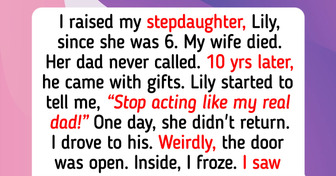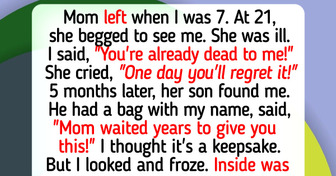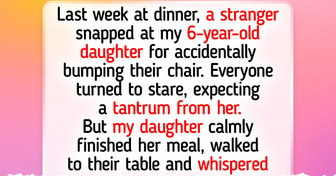Ryan Gosling’s Face is “Ruined” By Fillers According to Shocked Fans

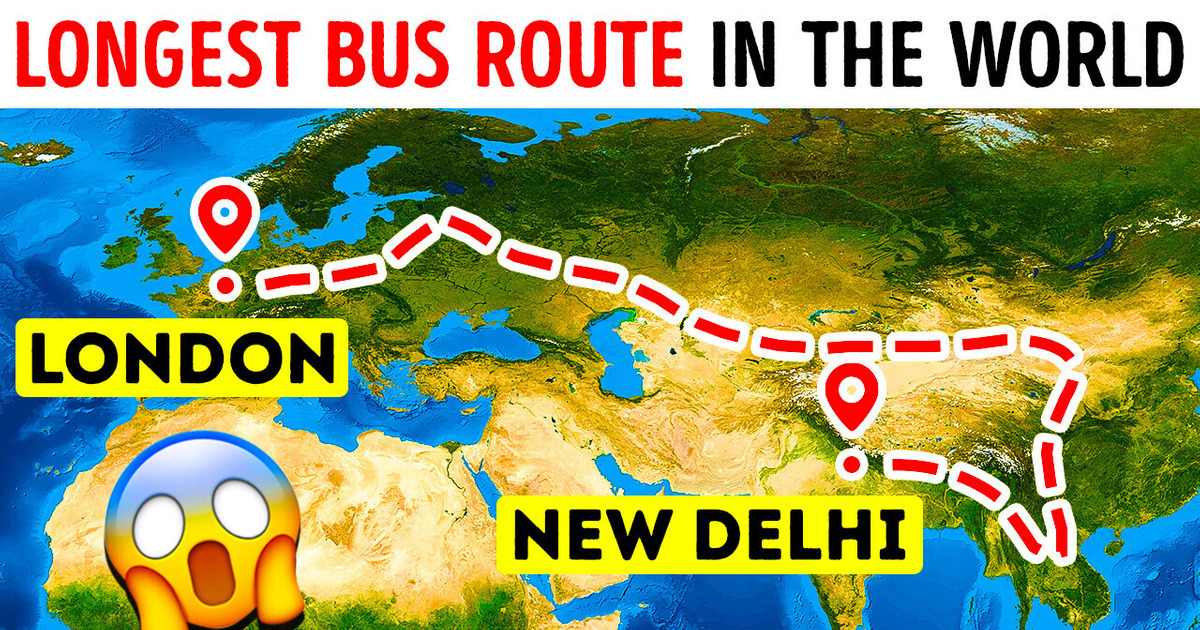
You’re running around the bus station with 20 bags, looking for your bus. You can’t afford to miss it — the next one is leaving next year. Finally, you find the right bus, and meet 19 other passengers you’ll be traveling with through 18 countries for the next 70 days. Whew, is there a bathroom on this thing?
The new luxury bus will get on its first 12,500-mile journey from India’s capital New Delhi to London in the United Kingdom in 2021. It’ll be a hop-on/hop-off trip divided into 4 legs across Asia and Europe and operated by an Indian tour company. Each leg will last 12 to 22 days, and you can book them independently. Passengers will get to visit the sights of Southeast Asia, the Great Wall of China, the Silk Road in Central Asia, Gobi Desert, and Europe’s largest cities. Guided tours, meals, and hotel stays will be included in the $20,000 bus fare.
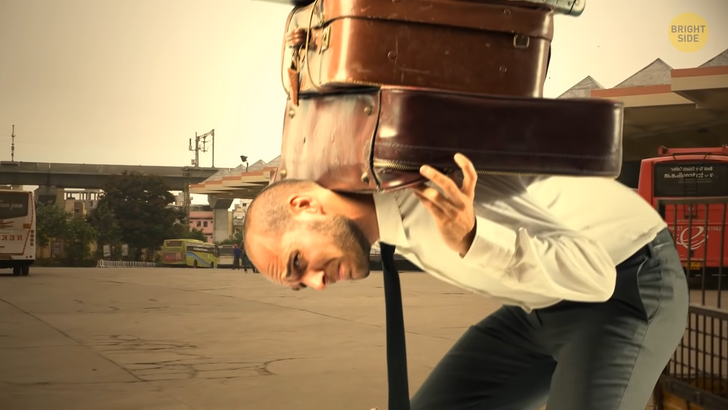
Only 20 tickets for the full journey will be available, but no worries — if you can’t make it, the bus’ll follow the same route in reverse right after it gets to London. Myself, I want to see the bus do the English Channel. In the middle of the 20th century bus routes from Europe to Asia were a common thing. In 1968, Australian-based businessman Andy Steward started a tour company that ran the longest bus route in the world. A luxury double-decker was traveling between three continents, connecting Australia, UK, and India.
The bus nicknamed Albert set on its first journey on October 8, 1968] from Martin Place in Sydney, Australia. There were just 14 passengers aboard, including the founder of the company himself. The mobile luxury lounger had a separate dining lounge on-board, an observation deck and individual beds, heating and music system, and the floors were carpet-lined. A journey from London to Calcutta cost around $3000 in today’s money, and the trip from Sydney to London was twice as expensive
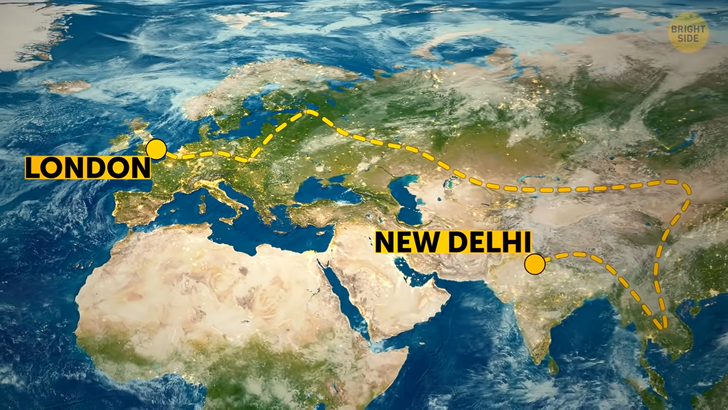
Albert reached London after 132 days of traveling on February 17, 1969, and set on its return trip shortly after. Over eight years, it has successfully completed 16 trips, made 150 border crossings, and retired in London. The direct flight from Singapore to John F. Kennedy International Airport in New York is the longest regular non-stop passenger flight in the world. It covers around 9,500 miles (15,300 km) in 18 hours 40 minutes. The plane has no economy class, but 67 business-class seats and 94 premium economy.
The world’s shortest regular commercial flight only lasts 90 seconds. So, no beverage service. Sorry. It covers 1.7 miles (3 km) between the Scottish islands of Westray and Papa Westray, off the north coast of Scotland. It has been running for around 50 years and has three regular pilots. The flight is mostly used by teachers, school students and other locals, as well as tourists who travel here just for that. Hey, going through security takes longer than the flight does.
The longest continuous cruise in the world lasts 245 days, or 8 months. The Viking Sun’s Ultimate World Cruise starts in London and travels around the globe to six continents and 111 ports before it gets back to the UK capital. It has enough room for 930 guests, but only 50 or so can afford to pay $90,000 for the whole trip. Others join a certain segment of the trip.
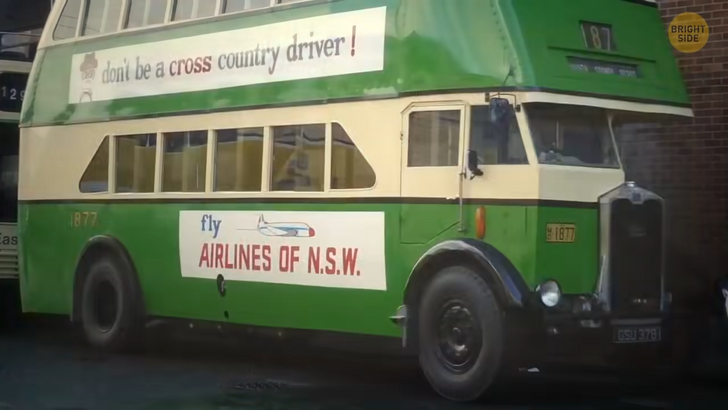
The German city of Wuppertal has an 8-mile long network of suspended trains. The ride through all of its 20 stations takes 35 minutes at a maximum speed of 37 miles per hour at the height of a 3-story building. It has been running since 1901, and transports over 65,000 people daily with no traffic jams at all.
In Cambodia, bamboo trains named norry transport around a dozen passengers, livestock, or produce and other goods between small villages. A norry consists of a single queen-size platform and a lawnmower or boat engine that lets it speed up to 25 miles per hour. When two norries meet on the only line, the lighter one stops, the drivers and passengers disassemble it and let the bigger one pass. Then they put it back together, all in less than a minute. The escalators at all subway stations in Dehli have a unique sari guard feature. It tracks traditional ladies’ wear — sari with loose ends, and prevents it from getting trapped by the moving stairs.
There’s a train route in Thailand that goes directly through a market. Maeklong Market Railway has been around since 1905. The train is moving rather slowly and vendors hear it long before it gets there. They quickly remove baskets of goods, their overhead tents and umbrellas from the tracks. The train is passing by 8 times a day, so close you can reach it with your hands. Once it’s gone, the market goes back on the track.
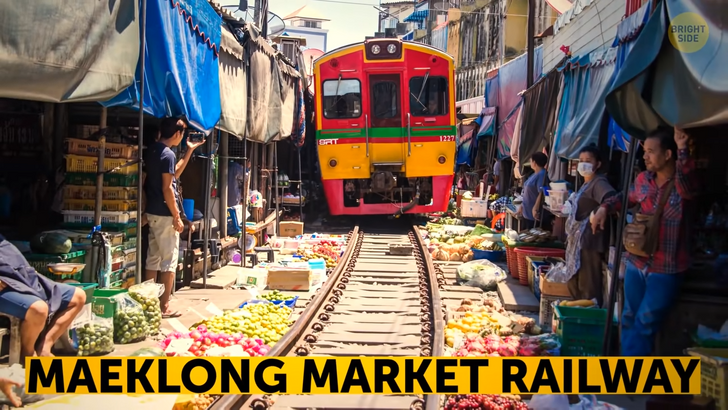
One of the most popular tourist attractions in Madeira, Portugal, is the Monte Toboggan. It used to be the main means of public transportation downhill starting from the 1850s. The ride in a basket attached to two wooden runners takes 10 minutes. There are two chauffeurs dressed in white with straw hats and rubber-soled shoes. They use the shoes to steer and brake the toboggan that speeds up to 30 miles per hour.
Most planes are painted white to keep them cool. White reflects sunlight like no others color both during the flight and on the runway. White doesn’t fade, and you can see any faults on it easier. It also makes the plane lighter, which means using less fuel and cheaper to fly, and easier to sell as you can just slap a new logo on it.
The Japanese SC Maglev is the fastest train in the world. The SC stand for super-conducting, which does not necessarily describe the human train conductors collecting tickets and making announcements. The train uses magnetic levitation as it’s silently moving above the tracks at the speed of 375 miles per hour (600 kmh). It only takes the crew seven minutes to fully clean the inside of the cars, seats, restrooms and washrooms, and the process has become a show for tourists. Well maybe they are super-conductors.
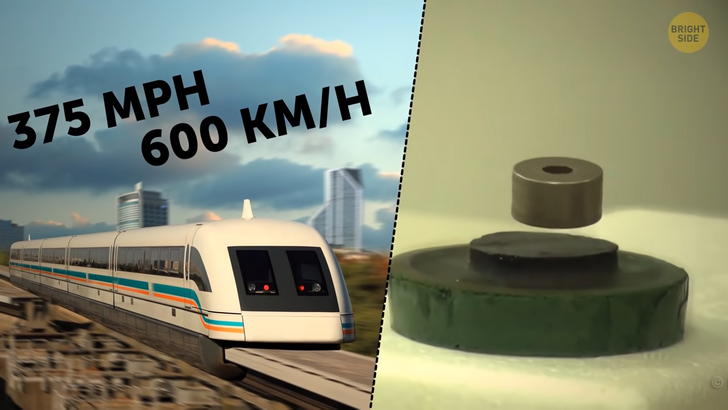
40% of the subway system in New York City is above ground. If you take out and line up all the subway tracks, it would be enough to cover the distance between New York and Chicago. New York subway is also the largest rapid transit system in the world by number of stations with 472 stations in operation. Originally, green globes at subway entrance marked stations with a token booth open day and night, yellow — open with a part-time token booth, and red — stations closed all the time with no booth serving for exit only. Now entrances with red globes are closed at night and those with green ones are open 24/7. The yellow ones are history.
There’s an underground funicular in Istanbul, Turkey. It covers 1 mile 1.6 km and a height difference of 200 feet 60 m between the seaside and the famous pedestrian mall of Istanbul. The funicular was opened in 1874 and is the second oldest subway in the world after the London Underground. It has become so popular they opened another line nearby. The longest train in the world that runs on a permanent basis consists of around 200 cars and stretches for 1.5 miles 2.5 km. It connects a large iron-mining center with a port town in Mauritania. The journey lasts 16 to 20 hours depending on how loaded the train is. It’s perfectly normal for locals and tourists to jump on the Iron train and spend the night among iron ore.
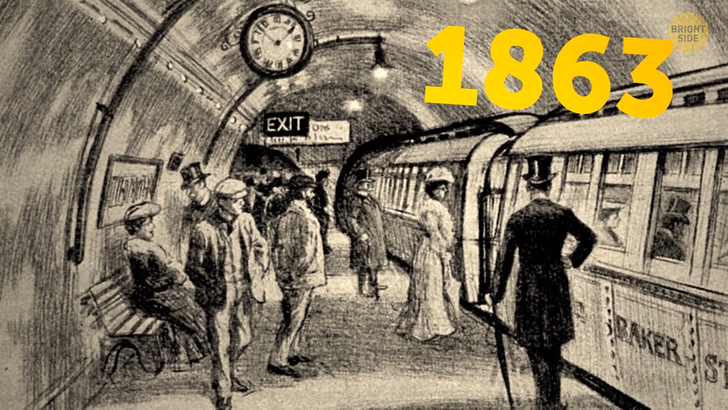
The largest plane in the world is Antonov An-225. It was designed to transport a spaceplane and rocket boosters. It has the wingspan the height of the Statue of Liberty and six huge engines. Its maximum takeoff weight is 710 tons, or six blue whales. Iceland, Malta, Cyprus, Bhutan, Andorra, and Qatar are just a few countries that don’t have a railway network. In some cases, it’s because the construction would cost too much. Other reasons are poor weather conditions and a huge popularity of cars.
The worst traffic jam in the world happened on the China National Highway 110 in 2010. It lasted 12 days and spread for 62 miles with cars moving 0.5 miles per day. Thousands of drivers had to survive on instant noodles and water ten times the normal price. The reason for the jam? Heavy trucks carrying construction materials into Beijing to build new roads and ease the traffic. Ironic huh?
School buses are yellow because this color instantly grabs your attention like no other. Scientists figured out you’re way more likely to spot a yellow object than the same one painted red even if it’s not in front of you, with your peripheral vision. It makes yellow the safest option. Hey that’s why when I’m at the market, I go for the bananas first!
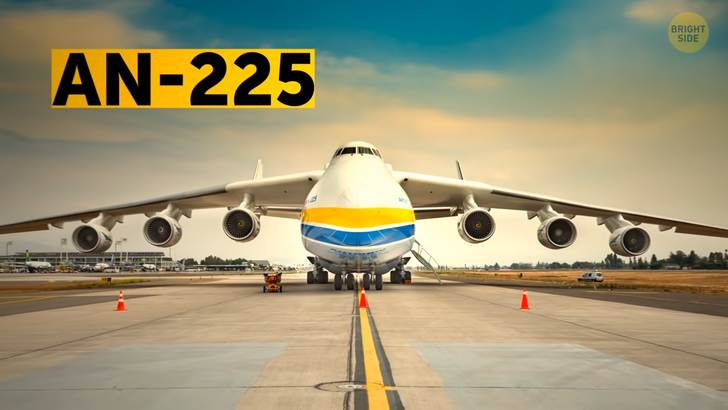
In the 1930s, some planes had upper and lowers berths with mattresses, pillows and sheets, and curtains for extra comfort. The windows were much larger than in today’s planes. There were real tables with food serves on fine china dishes. In-flight entertainment could include live performances from singers and musicians, or movies shown on one huge screen.
The smallest car in the world, Peel P50, was around in the 1960s. It was as wide as 1.5 footsteps and about three-fourths as long as a standard side-by-side fridge. It had one headlight and couldn’t reverse. The only way to turn it around was to you use the handle on the side. Boy it must have been great when you’re dealing with tight parking spots.



